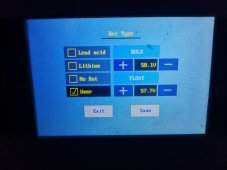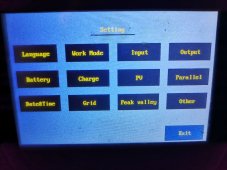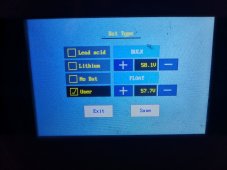@Hedges and
@schmism :
What ever you people in the USA like to do AFTER the transformer, up to you.
Before the thrasformer you are working with NOT USA market product.
Like it can get people killed to wire incorrect for USA type, so does for the other side of the globe !!!
The advice to join neutral and ground will get people killed there!!!
As I have started before and will state again:
I know almost nothing about how you USA people like to combine 2 voltages with way to little wires and keep DC backwards compatibility for no good reason...
The rest of the globe doesn't make it complicated like that.
They just have L and N.
End of story. Nothing more, nothing less. 2 wires.
Optional a third wire, ground, for additional safety
And that is what we have here!!
A not complicated rest of the globe type of product.
That never ever ever should have neutral and ground connected.
NEVER.
What you like to do after you connect it to the transformer, connection L1 + N + ground + L2 or what ever...
Feel free.
For the Revo II, and only the Revo II (+ all other NOT USA style but rest of the globe style of electricity connection)
Never connect Neutral with ground.
That is absolutely good advice.
As it is NOT USA product, not USA wire type.
It doesn't have L1 and L2.
And ground is never ever to be used as any type of line for electricity, only for residual current device (aka safety breaker)
only for this from the Revo II.
for the people who don't know about
residual current device,
Read about it on Wikipedia.
I don't know if USA have such life saving equipment, seems to be difficult to implement if you combine ground and neutral.....
But that is up to you folks to invent.
Talking about invention..
Newton did not invent gravity, he wrote about it, prove it exists
Benjamin Franklin didn't invent electricity, he prove its existence.
I do wonder who "invented" water!
(Or proven it's existence)











